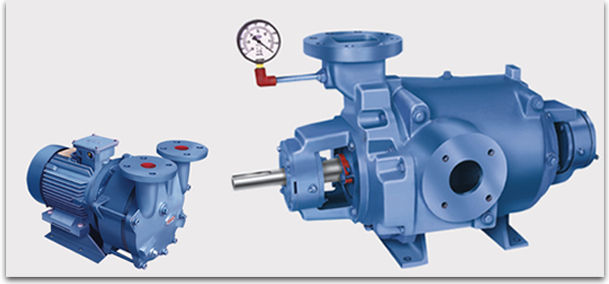Performance and Fault Diagnosis of the Twin Lobe Roots Blower
Technology has led to great innovations in industry such as the energy efficient twin lobes roots blower.It has led to breakthroughs in production such as creation of pneumatic systems among others.
Basic Concepts In Operation of Twin Lobe Blower
1)The pumps are able to achieve greater efficiency at medium compression ratios of approximately 1.1 to 2
2) They are best applied where there is constant flow of fluid at fluctuating discharge pressures such as pneumatic transmission systems Back washing and even water treatment plants.
3) The operation involves rotation of lobes which displaces air to the exit side, creating a partial vacuum, resulting in drawing of the air from the inlet.This machine produces air free of any oil and produces a constant flow rate dependent on the speed of rotation.
Technical Characteristics
For the twin lobe roots blower ,the volume of intake air is directly proportional to the speed of the pump.Power at input varies in direct proportion with the pressure diffrence in the blower.The temperature increases in proportion to the compression ratio and pressure at the suction and outlet is influenced by system conditions.
Selection of Discharge Lines
Various considerations must be made while determining the size of the delivery pipes.these include ;
1) A velocity of 15-20 m/second must be maintained.Increased velocity of air leads to greater friction losses reducing the effectiveness of the pumps.
2) Smooth pipes must be used because frictional losses are determined by air velocity and pipe surface conditions.
3) Sudden changes in direction results in losses in energy and thus bends should be avoided in twin lobe blower pumps.
4) Sudden change in the size of the piping leads to loss of velocity due to the element of turbulence.Sudden constriction increases velocity and prevents flow separation.

Fault Diagnosis
Identification of a fault early enough is important in any equipment to avoid extensive damage.
1) Unusual noise or vibration in twin lobe rotary blowers is a sign of a developing fault.This could result from misalignment of the shaft,rubbing of impellers,worn out bearings and even loose couplings.
2) Lacking air flow: Results from very low speed or wrong direction of rotation.
3) The poor performance of the pump could result from the drive belt slipping or leakages in the discharge lines.
4) The blower may also jam after a short period of running which signals poor clearances and high differential pressures,which could lead to overheating.
5) Increased power consumption is also an obvious of problems such as a chocked suction filter, chocked discharge silencer, malfunctioning discharge valves or changes in operating parameters.
Overheating of gears and blowers could result from poor or inadequate lubrication.
Development of Internal Leakages
Oil leaks could result from too much oil or damaged oil seal. The oil level should be corrected and broken seals replaced. Regular preventive maintenance must be done to ensure great performance.
Conclusion
The twin lobe roots blowers performs well under medium compression ratios and delivers a constant output of air. Care must be taken when selecting the discharge pipes as their configuration interferes with the flow of air.Preventive maintenance must be done regularly to avoid major break downs which could lead to loss of productivity.
This article has been posted by Ajit Joshi.

















